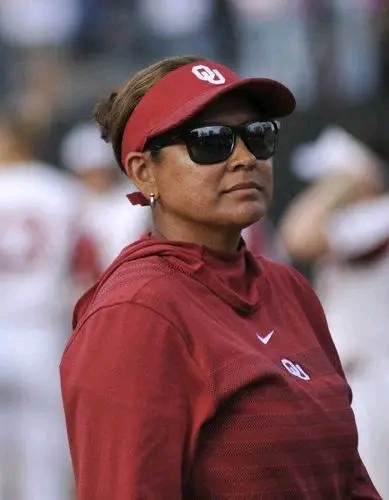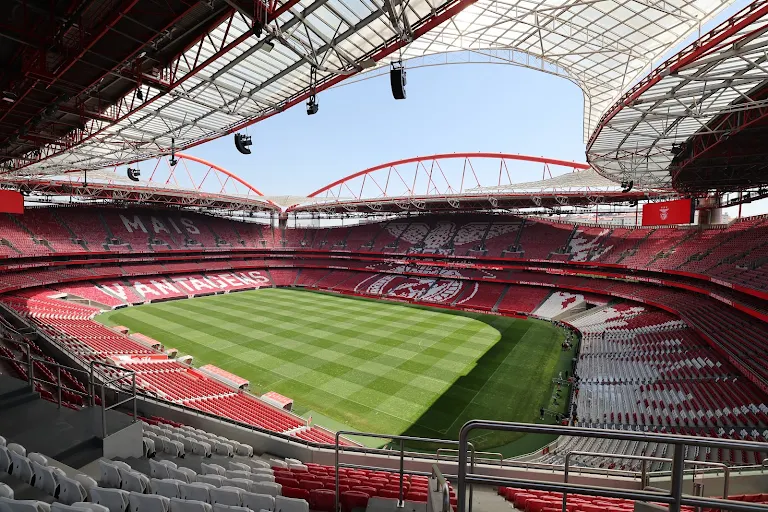
As the SEC’s annual spring meetings drew to a close in Destin, Florida, Commissioner Greg Sankey delivered a message of confidence and momentum — one grounded not just in optimism but in hard data. In a move that surprised some and reinforced the tone of steady leadership that has defined his tenure, Sankey distributed a carefully prepared packet of analytics to university presidents, athletic directors, and coaches that underscored the Southeastern Conference’s continued dominance in the evolving landscape of college athletics.
The packet, described by multiple attendees as “favorable and forward-looking,” contained a wealth of metrics that painted a picture of the SEC as not only the most competitive conference in college football but also one that continues to thrive across multiple dimensions — from television viewership and postseason performance to athlete graduation rates and revenue distribution.
For Sankey, who has led the SEC since 2015 and recently oversaw the high-profile additions of Texas and Oklahoma, the presentation was as much about reassurance as it was about celebration. With seismic changes reshaping college sports — including the dawn of the 12-team College Football Playoff, the growing power of NIL collectives, and legal uncertainties around athlete employment — Sankey’s data served to emphasize that the SEC is not just surviving the turbulence. It’s thriving in it.
The packet reportedly included key statistics from the past academic and athletic year:
- College Football Dominance: The SEC placed more teams in the top 15 of the final AP Poll than any other conference. It also sent multiple teams to New Year’s Six bowl games and led all conferences in bowl wins and overall bowl win percentage.
- Television Ratings: SEC games once again dominated the national television landscape. Over half of the top 20 most-watched regular-season college football games in 2024 involved at least one SEC team. With the ESPN-exclusive media rights deal kicking in and the SEC Network reaching new households, the conference is positioned for even broader exposure.
- Academic Success: The report highlighted an upward trend in Graduation Success Rates (GSR) for SEC student-athletes across all sports, including improvements in key revenue sports such as football, men’s basketball, and baseball. This allowed Sankey to reinforce one of his long-standing messages: that academic achievement is not being lost amid the business of college sports.
- Revenue Sharing Stability: Despite the looming threat of financial realignment in college sports, the SEC’s revenue distribution model remains one of the most stable and equitable among Power Five conferences. The league’s ability to generate over $800 million in revenue last fiscal year was noted, with Sankey emphasizing the importance of continued collaboration to maintain competitive balance.
- Non-Revenue Sport Excellence: The SEC also led or ranked highly in national titles and NCAA tournament appearances in Olympic sports. From women’s gymnastics to baseball to track and field, Sankey used the numbers to stress that the conference’s excellence is broad-based — not limited to the football field.
In his closing remarks, Sankey used the packet as a springboard for strategic discussion. He reportedly urged member schools to remain unified, cautioning against internal divisions at a time when legal rulings, antitrust legislation, and federal policy on NIL and athlete compensation could alter the foundation of college athletics. “This is not the time to splinter,” one administrator quoted Sankey as saying. “This is the time to lead — together.”
While Sankey stopped short of revealing specific policy shifts, his delivery of the packet — and the optimism it contained — was viewed as a stabilizing force amid growing anxiety across the college sports ecosystem. Athletic directors reportedly left the meeting with a clearer understanding of the SEC’s financial health and competitive standing, as well as a reminder of their collective bargaining power.
The gesture was also a political one. By distributing quantifiable evidence of the SEC’s strength, Sankey reasserted the conference’s position as the most influential voice in college athletics. It was a subtle but unmistakable signal to peer conferences, the NCAA, and even lawmakers: the SEC doesn’t just believe in its model — it can prove that it works.
In the weeks ahead, as the NCAA faces mounting legal pressure and the Power Five conferences navigate proposals to redefine athlete compensation and governance, Sankey’s packet may serve as more than a confidence booster. It could be a blueprint. One grounded not just in tradition, but in metrics — and in a vision for a conference that remains, by many measures, ahead of the curve.




